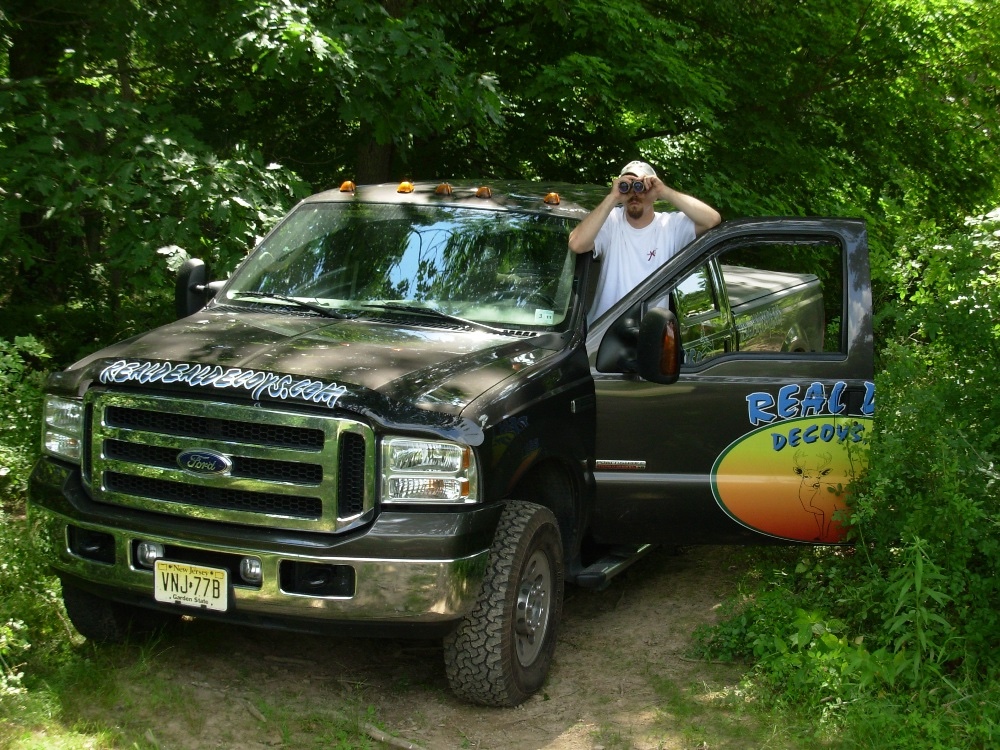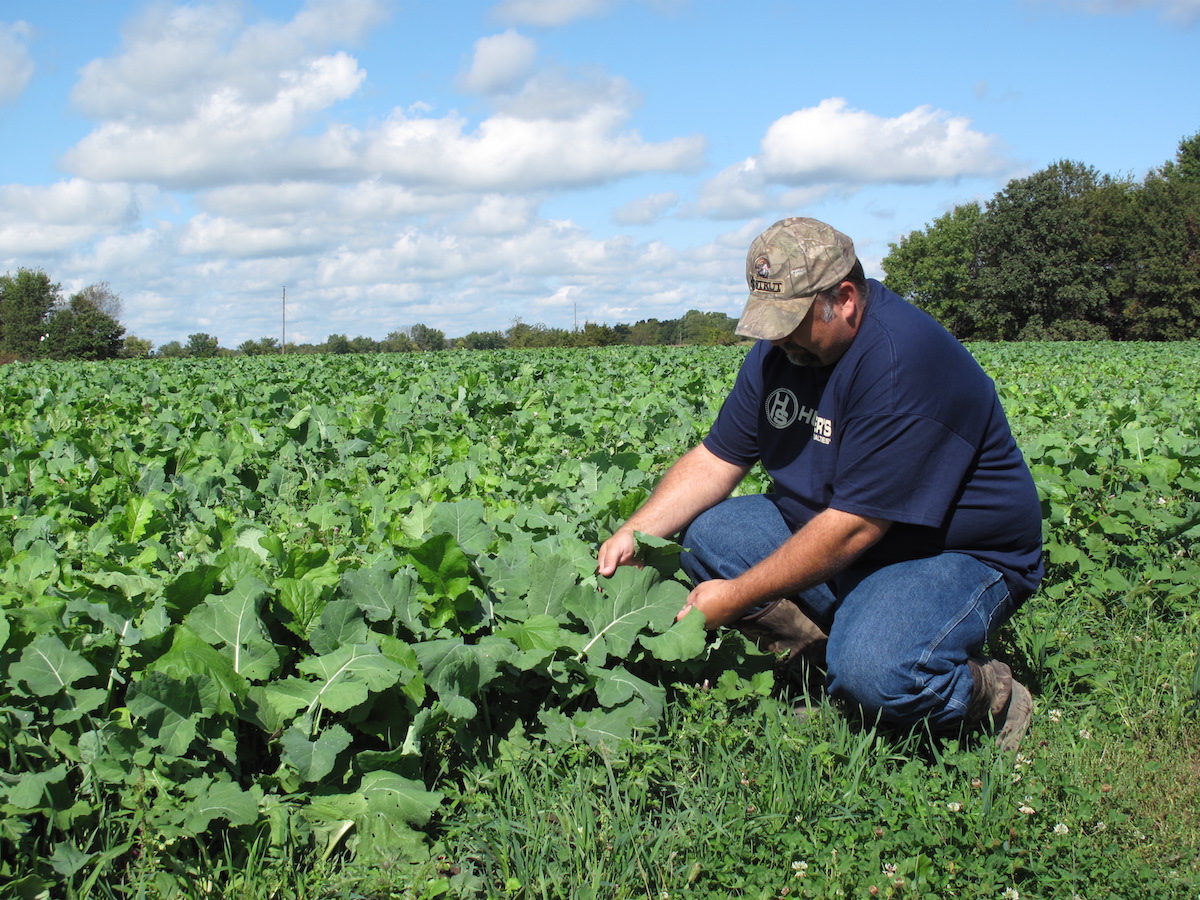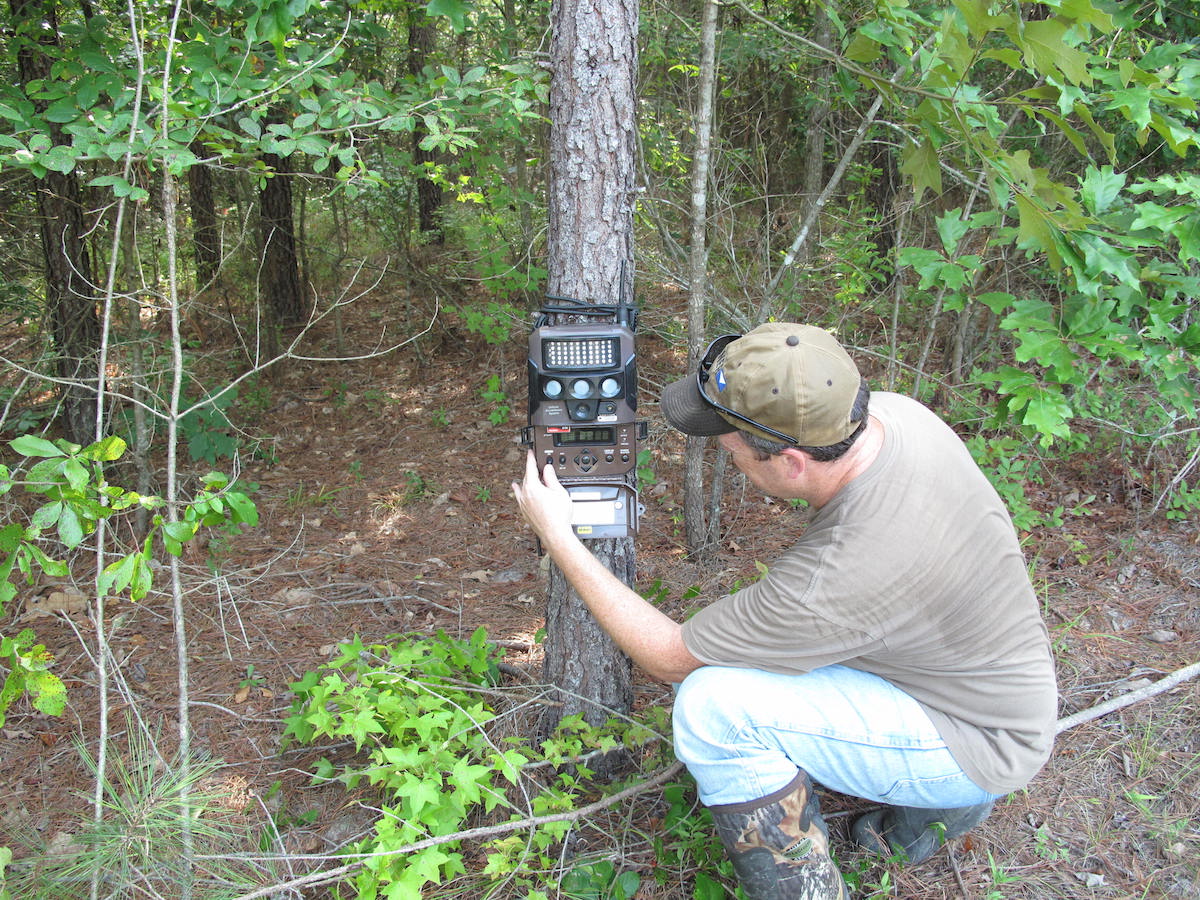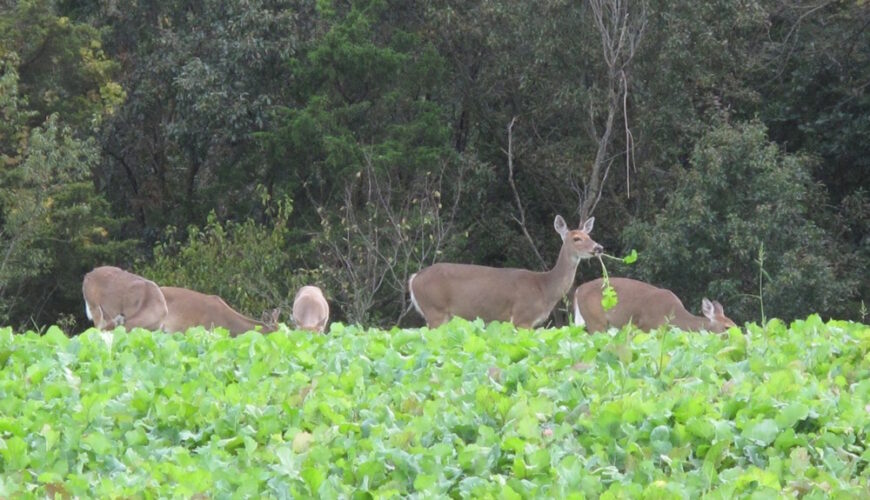Tactics
National Deer Association’s 5 Top Tips for Late-Season Deer Hunting
December 17, 2025 •iSportsman Staff
September 30, 2024
Sponsored
With the nation’s first whitetail season — the coastal firearms deer season in South Carolina — already a month deep and the first archery seasons open in a number of states with more opening across the United States in the coming weeks to set the stage for gun seasons, if you haven’t begun scouting, it’s time to get out there. Whether you’re still getting ready to draw a bow or pull a trigger, taking the time to scout your hunting grounds will ensure you’re ready when you sit that first stand for season 2024-2025. Here are four tips to get your deer season jumpstarted.
Whether you hunt 40 acres or 4,000 acres, it’s crucial to walk the land before the season starts. The terrain can change drastically from year to year. Overgrown trails, fallen trees and blocked paths can all interfere with your silent approach to bedding areas or prime hunting spots. Walking your land well before the season allows you to clear trails and avoid spooking deer just before you plan to hunt. Spray down with bug repellent, put on your boots and watch out for poison ivy as you check every trail, field edge, creek and water hole.

One critical step is to evaluate water sources. If the summer has been particularly dry — common with late-summer heat — water sources that were reliable in past years may not be as attractive to deer this year. It’s also essential to inspect your tree stands. Check for broken straps, fallen stands or any wear and tear that needs repair before you hunt. More hunters suffer injuries (and even occasionally death) from falls than accidental shootings every season.
As you walk, keep an eye out for food sources and deer-attracting crops on both your land and bordering your property. Use a map app with satellite images or your iSportsman ARX app, to view field locations on bordering properties that you can’t walk.
If you can, observe those fields from the road to determine how deer may be traveling between bedding areas on your property and food on the neighbors. Identifying key deer trails and bedding areas during your pre-season walk (and satellite surveil) will provide valuable insights on where to set up those early season stands for quick-hit success.
The landscape changes every year, and bedding areas are no exception. As forest ecosystems evolve, newly cut or thinned areas can become prime bedding locations for deer, while older, more established woods may lose their attractiveness as the understory thins out. Deer seek areas with thick cover that provides both security and easy access to food. Identifying these changes is critical to your scouting.
When walking on your land, use iSportsman ARX or a similar app on your cell phone to mark any significant changes like newly fallen trees or freshly cut areas that have grown up with thick vegetation. These spots often provide excellent cover for deer to bed, and during the rut, bucks will cruise the edges of these areas looking for does. Set up your hunting stands downwind of identified bedding zones to capitalize on buck movement during the day amid the rut.
Fallen trees can also offer hidden advantages. A large, fallen oak, with leaves still on the limbs, for example, can become a natural bedding site for big bucks. Always check these types of areas as they can hold mature deer you may not have noticed otherwise. Your success during the season often hinges on identifying these newly developed bedding areas and adjusting your strategy and stand setup accordingly.
Whitetail deer are driven by their stomachs, especially in the early season when they’re packing on weight in preparation for the rut and then again in the winter months. The early-season diet primarily consists of green forage like soybeans, peanuts, and other crops, but deer also seek out natural food sources like acorns.

If you hunt in agricultural areas, knowing what crops are planted not only on your land but also on nearby properties can give you insight into where deer are traveling. Soybeans are ideal, as deer relish the beans and greenery that is not so tall that it will hide them like corn, also a whitetail favorite. Deer will also browse among peanuts, milo, peas and until it is sprayed, even the green leaves on cotton plants.
Food plots are also essential. Deer love clover, oats, chicory and winter peas, and if your property has a lack of natural food sources like mast trees, food plots can make a big difference. As the temperatures drop, brassicas like turnips and rape become more attractive as their sugars increase, drawing in deer during late-season hunts. Most fall food plots should be in the ground by late August or early September unless you reside or hunt in the deep South, so it’s past that time when you’re reading this, keep it in mind for next season.
Acorns are the gold standard when it comes to deer food. White oak acorns are especially prized by deer because of their lower tannin content, making them sweeter and more palatable. But not all oak trees produce acorns every year, and some years, certain trees may be more productive than others.
Scouting acorn-producing trees can help you find prime hunting spots when deer stop visiting fields or food plots and focus on feeding in the woods. Use binoculars to spy acorn-laden limbs and look underneath oaks to see if the recent nuts are beginning to litter the ground. They will begin falling by early September in many locations.
Trail cameras, particularly those paired with a cellular plan, are a powerful tool for scouting and tracking deer activity. If you haven’t already, now is the time to get your trail cameras set up. Test them at home to make sure they’re functioning correctly, both during the day and at night. If your cameras are too slow to trigger or are capturing poor angles — like photos of deer rumps or legs — it’s time to adjust their locations or invest in newer, faster models.

Place cameras on food plots, near feeders (where legal) or along well-worn deer trails. These cameras will give you a visual inventory of the local deer population and help you pattern their movements. If you’ve identified a promising oak flat with disturbed leaves and signs of browsing, hang a camera to monitor how often deer visit the area and most importantly, at what times. Natural funnels, such as low spots in fences, are also ideal spots for placing cameras, as deer often use these areas as travel corridors.
By using cameras strategically, you can gather valuable data that will inform your hunting plans throughout the season. You can also make your cell cam strategy run more efficiently by setting up your iSportsman ARX so all of your trail cameras will be sent there for easy viewing in one location.
From identifying key feeding times to recognizing which bucks are in the area, trail cameras provide real-time information that can be the difference between a successful hunt and a missed opportunity. You want to run at least three to four on smaller properties of 200 acres or less — more on larger properties and never less than two no matter how small your land — to give you multiple points of intel.
Scouting before you hunt during deer season — even a week or two before you begin — can significantly improve your chances of success. By walking your land, identifying bedding areas, key food sources and using trail cameras effectively, you’ll be in a great position to determine the hot stands or stand locations on your land and make for a high probability of deer sightings and encounters every time you enter the deer woods.
